Imagine stepping into your yard and being greeted by the vibrant greens and rich scents of fresh herbs. These are all from a DIY fence herb garden you built yourself. This fence planter box for herbs not only beautifies your outdoor space but also adds a personal touch to your cooking.
In urban areas, space is limited. That’s why a vertical herb planter for fence is perfect. It lets you grow different flavors without taking up too much room. Start your journey to turn your backyard into a lush oasis with this hanging herb planter for fence project.
Table of Contents
Introduction to the Benefits of Growing Herbs
Growing your own herbs can make meals taste better and improve your health. Herbs are key in the kitchen, adding fresh flavors and nutrients to your food. Gardening, especially with container gardening, is great for any home.
Why Herbs Are Essential in Cooking
Herbs are vital for making meals special. They add depth to flavors and aromas. Fresh herbs like basil and parsley can turn simple dishes into gourmet delights.
Using herbs in cooking helps you eat healthier. They often replace salt and unhealthy seasonings.
The Advantages of Container Gardening
Container gardening is perfect for small spaces. It lets you grow herbs on balconies, patios, or indoors. You don’t need a big yard for a vibrant herb garden.
Container gardening is easy to access and flexible. It lets you get creative with your herb garden’s look and function.
How Fence Planter Boxes Save Space
Fence planter boxes are great for saving space. They use vertical space to grow herbs, saving ground area. They’re both useful for gardening and decorative for your outdoor space.
These solutions are practical and beautiful. They fit well in many environments, enhancing your home’s look.
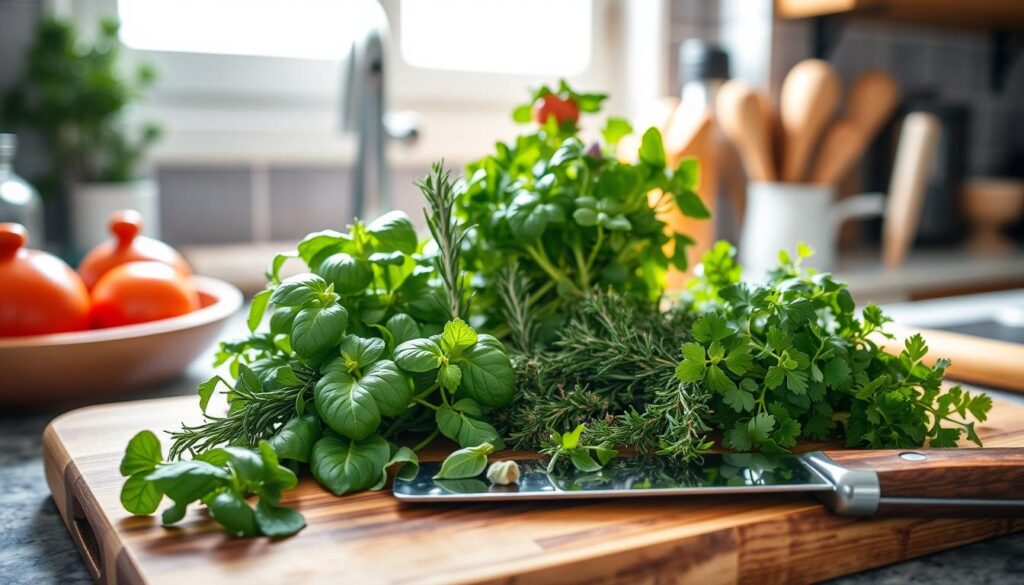
Choosing the Right Design for Your Planter Box
Choosing the right design for your herb planter box is key. It affects both how well it works and how it looks. There are many styles to pick from. Each one lets you create a beautiful herb garden while thinking about space and what plants need.
Popular Designs for Herb Planter Boxes
There are a few top designs for herb planter boxes:
- Tiered Structures: Great for using space in different heights.
- Wall-Mounted Planter Boxes: Sleek and simple, perfect for a modern look.
- Raised Garden Beds: Good for roots to grow and easy to reach.
- Vertical Planters: Use space well, especially in tight spots.
Considerations for Size and Placement
The size of your fence planters should match your wall space and the herbs you want to grow. A good placement of planter boxes makes your garden look better and easier to use. Remember these points:
- Fiberglass planters are light and easy to move.
- Concrete planters are strong but heavy, making them hard to move.
- Pick sizes that fit your garden without making it too crowded.
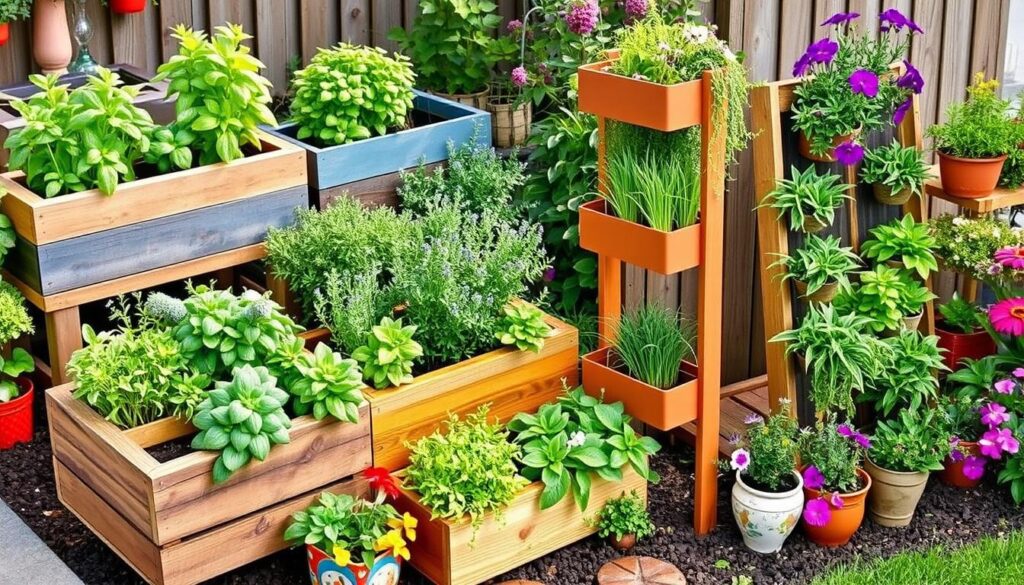
Materials You’ll Need for Your Fence Planter Box
Building a fence planter box needs the right materials for durability and eco-friendliness. You can pick from many options based on what you like and can afford. Knowing the materials for planter box helps your garden last longer and be good for the planet.
Types of Wood for Durability
For durable wood types for gardening, cedar and redwood are top picks. They resist rot and weather well, perfect for outdoors. Treated lumber is also common, used in 80% of DIY boxes, for its extra protection.
Here’s a comparison of various wood types and their features:
| Wood Type | Durability | Cost Range |
|---|---|---|
| Cedar | High (5-10 years) | $1.50 – $3.00 per board foot |
| Redwood | High (5-10 years) | $2.00 – $4.00 per board foot |
| Treated Lumber | Medium (5-10 years) | $1.00 – $2.50 per board foot |
Eco-Friendly Alternatives to Wood
For a greener choice, think about bamboo or recycled plastic. Bamboo is strong like wood, and plastic lasts long without rotting. Both are gaining fans for being good for the environment and lasting a long time.
When making your planter box, combining looks with durability is key. The right materials mean your herb garden will thrive for years.
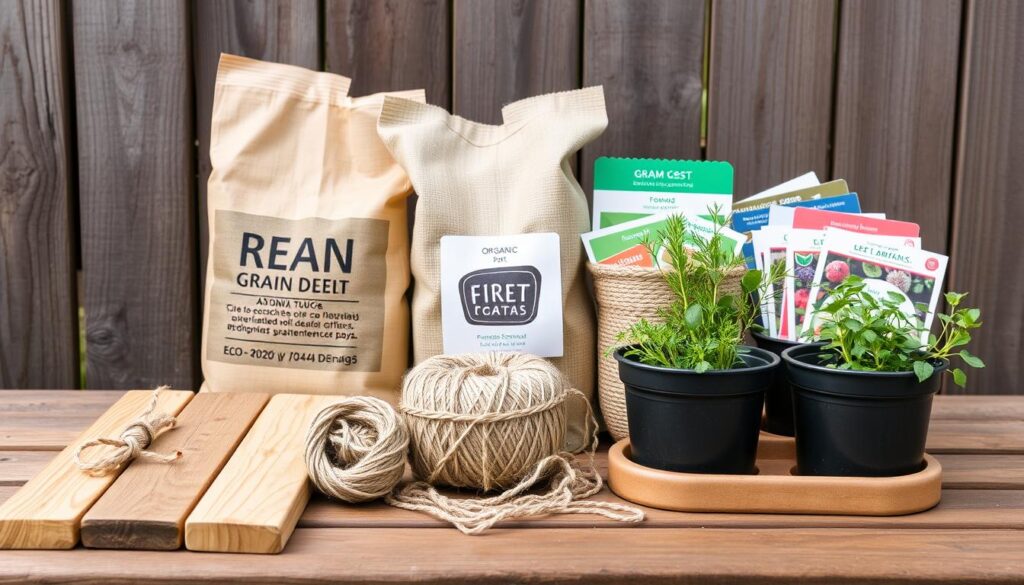
Step-by-Step Guide to Building Your Planter Box
Building a fence planter box is a few steps. First, make sure the area is easy to water and harvest. This makes caring for your herbs simpler. You’ll need tools like a saw, drill, screws, and a measuring tape. Getting ready is key to a good project.
Preparing the Site and Gathering Tools
Choose a spot that gets enough sunlight for your herbs. Measure the area to figure out your planter box size. As you collect tools, remember to get:
- Saw
- Drill
- Screws
- Measuring tape
- Wood glue
Having all your tools ready will make building easier.
Constructing the Frame
With your site ready and tools in hand, start building the frame. Use exact measurements for stability. Choose durable materials for a long-lasting box. Double-check your cuts before cutting your wood.
Then, put the frame together with screws and wood glue. This will give you a strong base. Follow these DIY planter box instructions for a solid start.
Adding Drainage Basics
Drainage is key for herb planters. Drill at least one hole in the bottom for water to flow out. More holes help even more. This stops roots from rotting by letting water go.
Soil weight can cause it to pack down, blocking water. Find the right spot for your drainage holes for healthy herbs.

Selecting the Best Herbs for Your Planter Box
Choosing the right herbs is key for a great herb garden, especially in vertical planters. Beginners should start with easy-to-grow species. These herbs are perfect for small spaces and add great flavor.
Top Herbs for Beginners
For new herb gardeners, consider these easy herbs:
- Basil – A favorite in many dishes, it loves warm weather and grows well with tomatoes.
- Mint – It does well in many places but can spread fast. It’s best in a pot.
- Parsley – Versatile and great in many dishes. It needs some sunlight.
- Chives – Simple to care for and adds a mild onion taste. Chives grow well in groups.
Companion Planting Tips for Flavor
Using companion planting can make your garden stronger and tastier. Some herbs pair well together, like:
| Herb | Companion | Benefits |
|---|---|---|
| Basil | Tomatoes | Helps both plants grow and taste better. |
| Mint | Cabbage | Keeps pests away from cabbage. |
| Parsley | Chives | Makes meals taste better. |
| Chives | Carrots | Protects carrots from aphids. |

Planting Your Herbs in the Fence Planter Box
This text provides advice on growing herbs in a fence planter box. It emphasizes the importance of selecting the right potting soil and ensuring proper spacing between the herbs. Good potting soil is crucial for the healthy growth of the herbs, as it provides the necessary nutrients and drainage. The guide aims to help readers choose the best soil and spacing practices to create a thriving herb garden in their planter box.
Soil Recommendations for Healthy Growth
This text explains the importance of using a good potting mix when growing herbs in containers. A proper potting mix provides the essential nutrients and ensures good drainage, which are crucial for the healthy growth of herbs. It suggests selecting a mix specifically designed for herbs or one that drains well to avoid waterlogging.
The text also highlights the need to balance moisture in the soil. While the soil should retain some moisture, it shouldn’t be too wet. Different herbs have varying moisture preferences; for instance, Mediterranean herbs thrive in drier soil, whereas mint prefers a more consistently moist environment. Tailoring the soil conditions to the specific needs of each herb promotes optimal growth.
Proper Spacing Between Plants
This text emphasizes the importance of proper spacing when planting herbs. Planting herbs too close together can lead to overcrowding, which restricts airflow around the plants and increases the risk of diseases.
To avoid these issues, it’s recommended to plant herbs 6 to 12 inches apart, depending on the specific type of herb. For example, basil, which grows larger, requires more space compared to smaller herbs like chives. Following the appropriate spacing guidelines ensures that the herbs have enough room to grow healthily and thrive, which in turn supports a productive garden that meets your culinary needs.
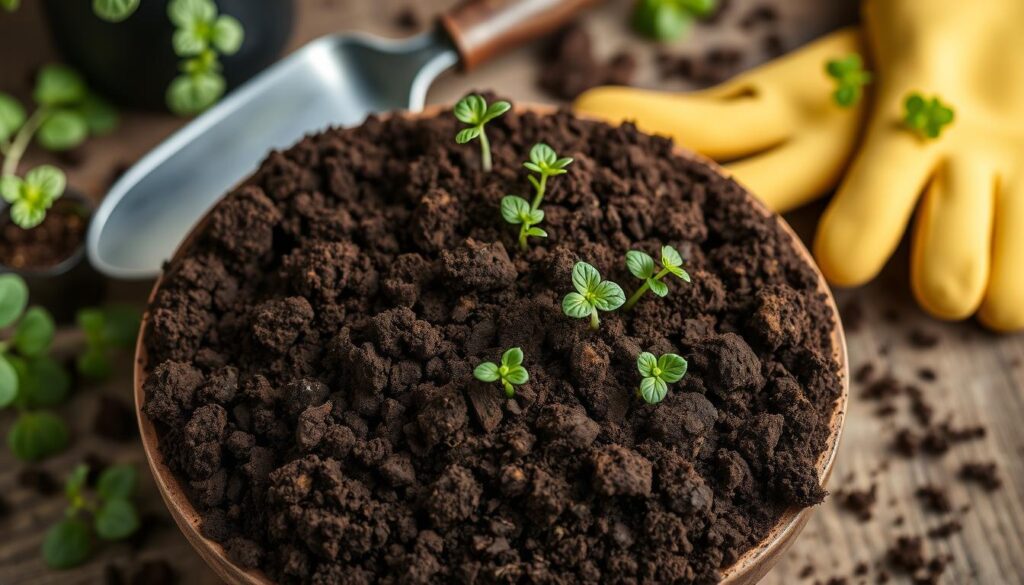
Watering and Maintenance Tips
This text highlights that proper care is essential for maintaining a thriving herb garden in fence planter boxes. It stresses the importance of knowing when to water the herbs and being able to identify any watering issues. Providing the right care, such as appropriate watering practices, ensures the healthy growth of the herbs. With this proper care, your herb garden will flourish, leading to a bountiful harvest for your use.
How Often to Water Your Herbs
How often to water herbs in planter boxes depends on weather and soil. Usually, water them 1-2 times a week. It’s important to check if the soil is moist enough. Most herbs like soil that’s 50-70% moist.
Water deeply, giving 1-2 inches of water each time. This helps roots grow deep and keeps plants stable.
Signs of Over or Underwatering
This text emphasizes the importance of identifying signs of watering issues to maintain healthy herbs. If the leaves turn yellow or the roots start to rot, it indicates overwatering. On the other hand, if the leaves are wilting or dry, it means the herbs are not getting enough water. Recognizing these signs helps in adjusting watering practices to ensure the herbs receive the right amount of moisture for optimal growth.
This text advises regularly observing your plants to monitor their watering needs. By keeping an eye on your plants, you can adjust your watering routine as needed, which helps prevent stress caused by either too much or too little water. Properly managing water levels keeps the plants healthy and promotes their overall well-being.

| Watering Condition | Signs | Recommended Action |
|---|---|---|
| Overwatering | Yellow leaves, root rot | Reduce watering frequency, improve drainage |
| Underwatering | Wilting, dry leaves | Increase watering, check soil moisture |
Understanding watering and spotting problems helps keep your herb garden thriving. Watch your plants closely and adjust as needed. This ensures they keep growing and producing well.
Pest Management for Your Herb Garden
Keeping your herb plants healthy is key, especially when fighting pests. Using natural pest control methods can help a lot. These methods, like neem oil or insecticidal soap, keep your garden safe from harmful chemicals.
Natural Pest Control Methods
Companion planting is a great way to keep pests away. For instance, marigolds can attract good bugs and keep pests off your herbs. Regular checks on your plants can catch problems early. Other good methods include:
- Introducing beneficial insects like ladybugs and lacewings.
- Using organic repellents such as garlic spray.
- Maintaining a clean garden area to reduce hiding spots for pests.
Keeping Your Plants Healthy and Safe
To control pests well, make sure your plants get what they need. They need enough sunlight, water, and good soil. A drip irrigation system can help with water and make your plants grow better. Here’s a useful table summarizing some common plants and their pest management benefits:
| Herb | Pest Control Benefit | Companion Planting |
|---|---|---|
| Basil | Repels flies and mosquitoes | Pairs well with tomatoes |
| Oregano | Deters aphids | Works well with peppers |
| Peppermint | Repels fleas and spiders | Effective with cabbage plants |

Using these methods in your herb garden will keep pests away and make your plants thrive. This way, your garden will be full of healthy, tasty herbs.
Harvesting and Using Your Fresh Herbs
Timing is everything when it comes to harvesting herbs. The best time is in the morning, when their oils are strongest. Cutting stems and leaving foliage for growth helps your plants thrive. This way, you get more herbs for your cooking.
Best Practices for Harvesting
Most homegrown herbs are used within a week. This shows how important it is to use them in daily meals. Fresh herbs like basil and thyme add flavor and nutrition. They have more antioxidants than dried herbs, making them great for your health.
Creative Ways to Use Your Homegrown Herbs
Herbs can make your dishes better in many ways. Try making herbal teas or flavored oils. Or, simply use them as a garnish. Many gardeners dry or freeze their herbs to enjoy them all year. Using herbs in different ways makes your cooking more exciting.

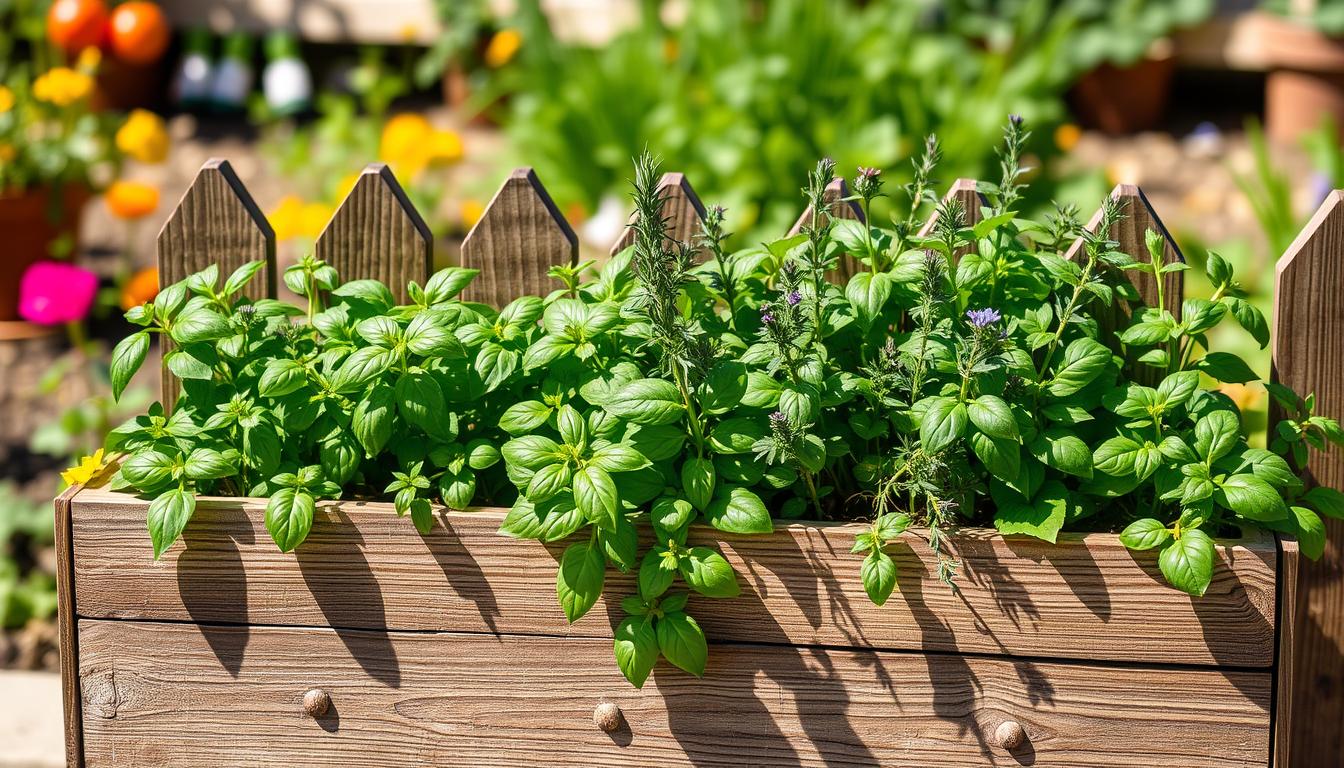


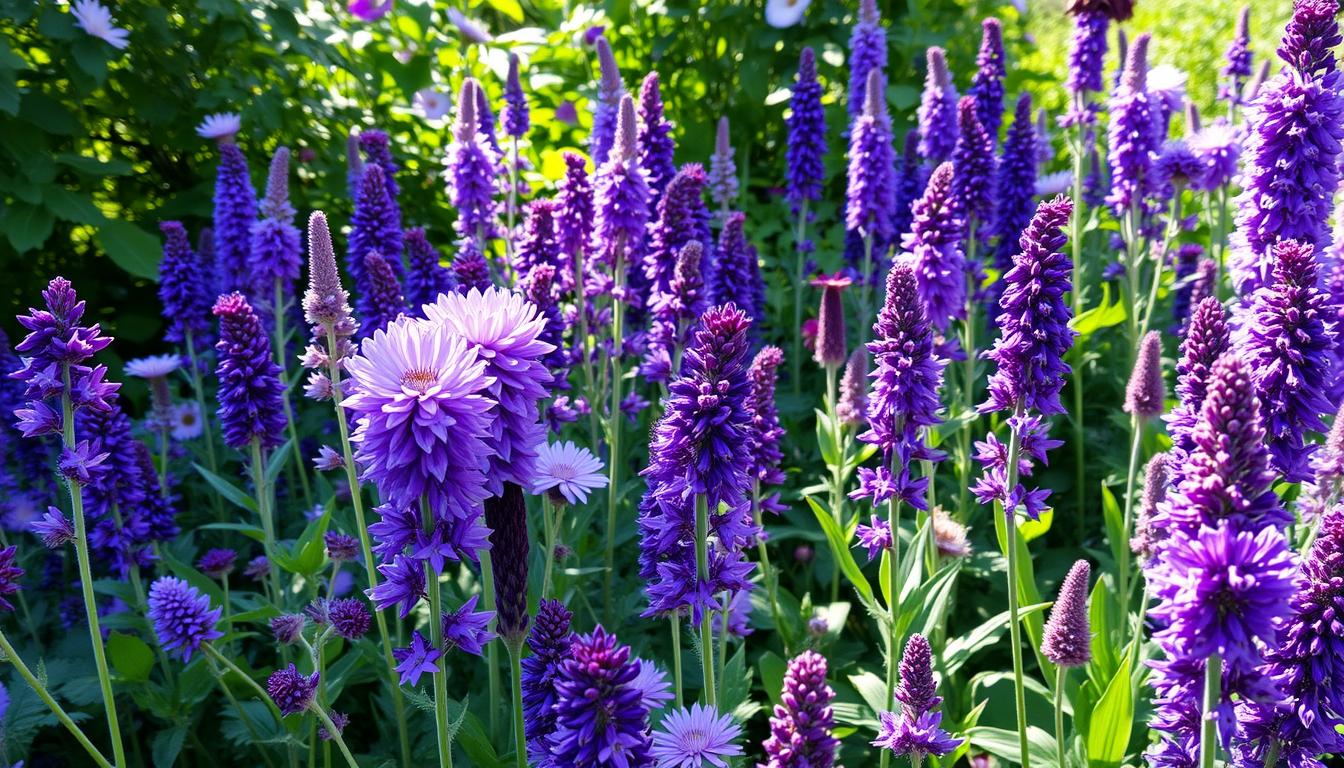
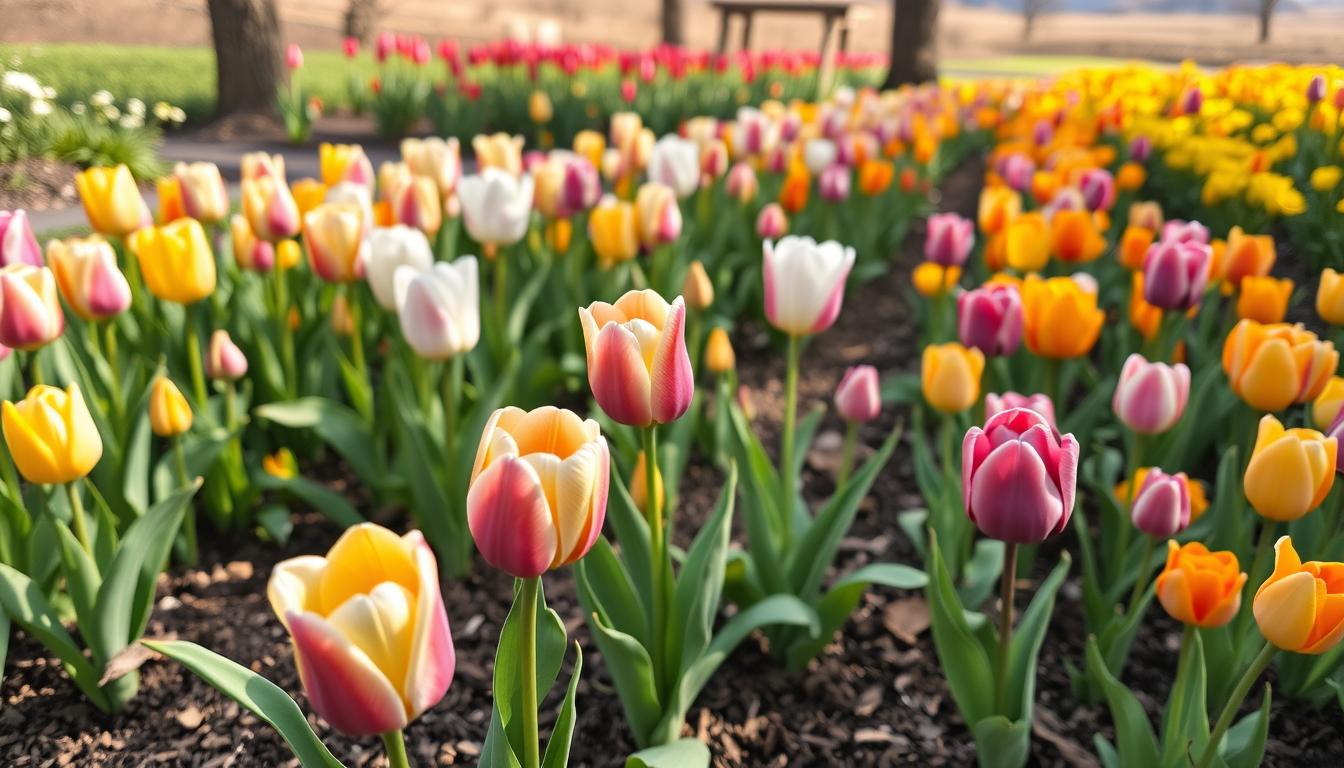
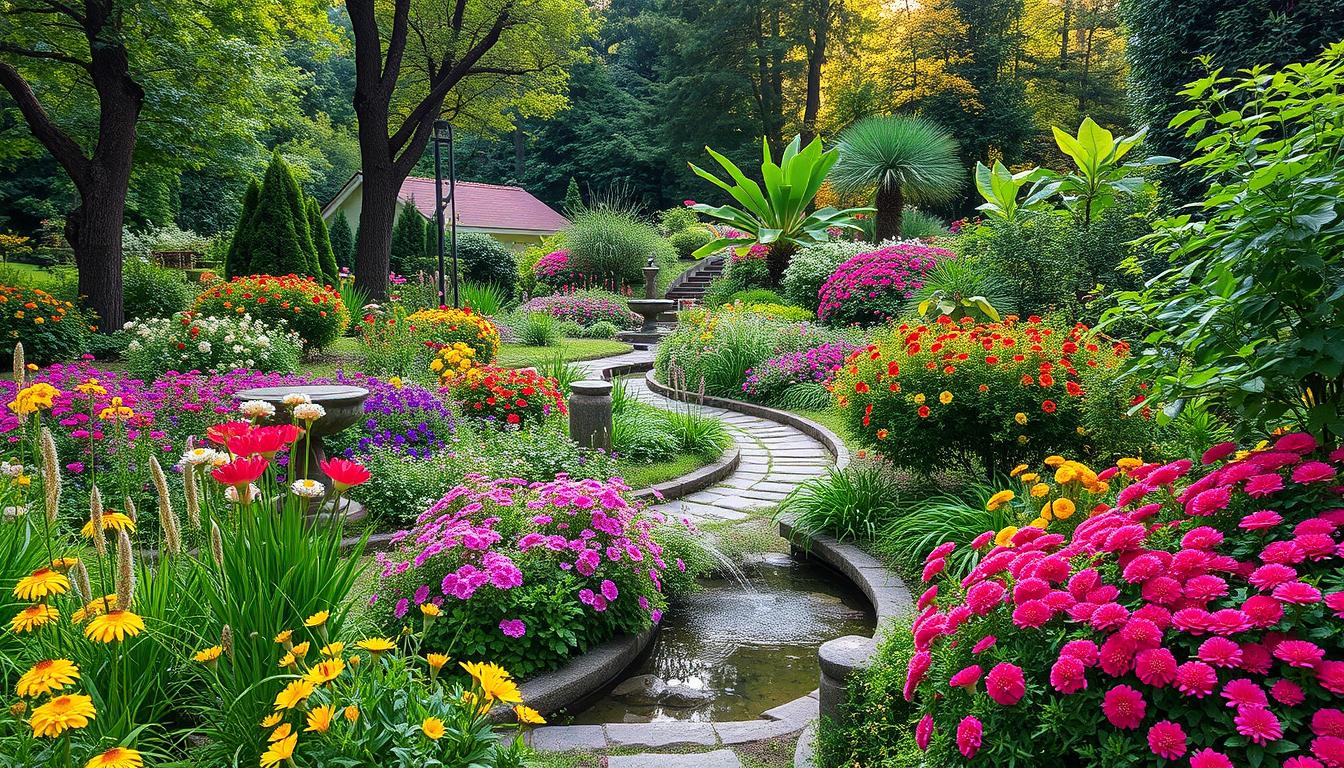
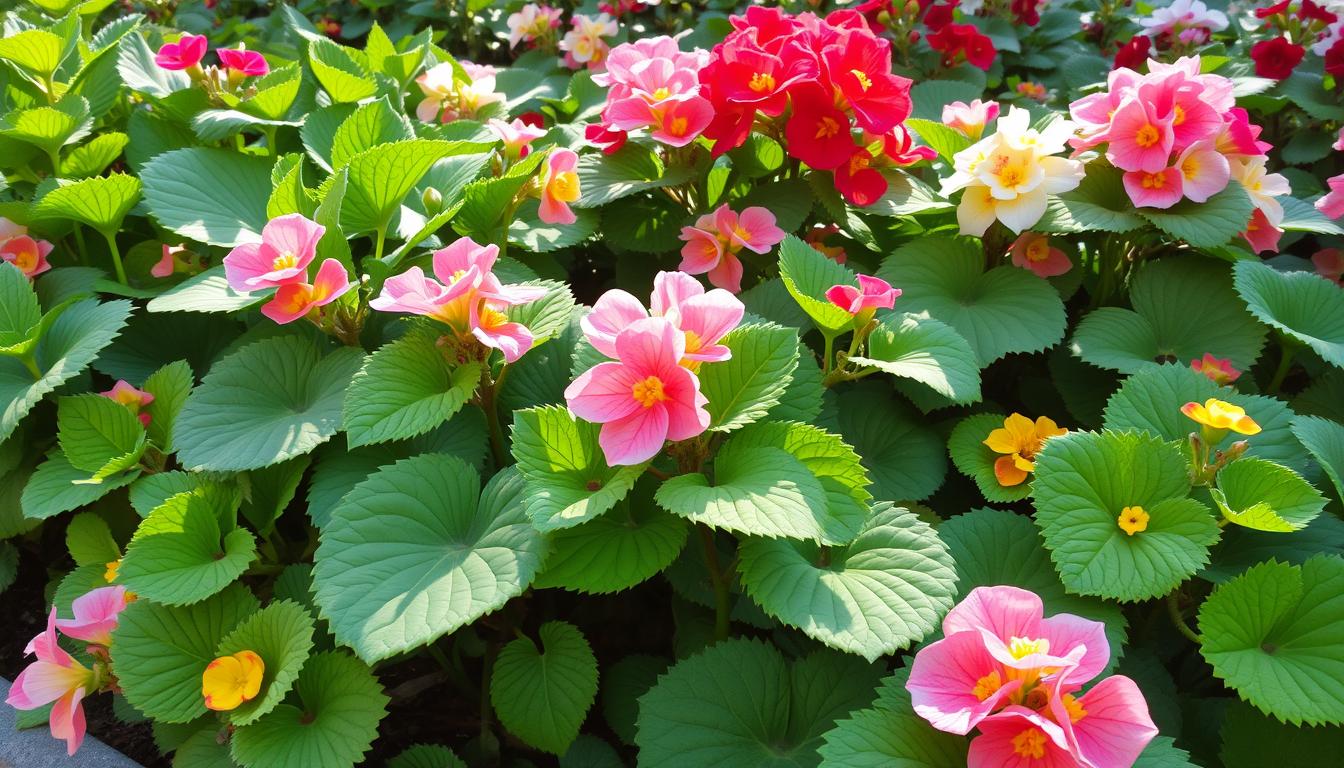
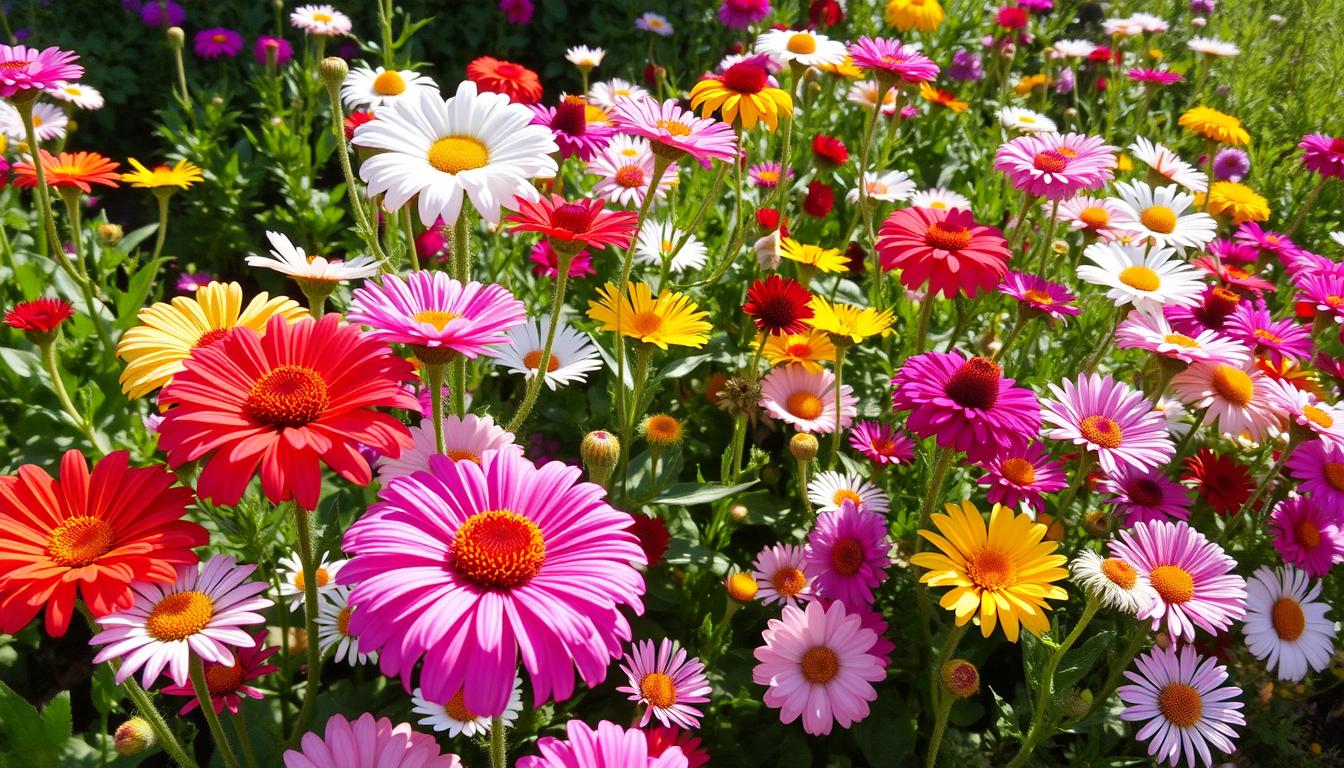
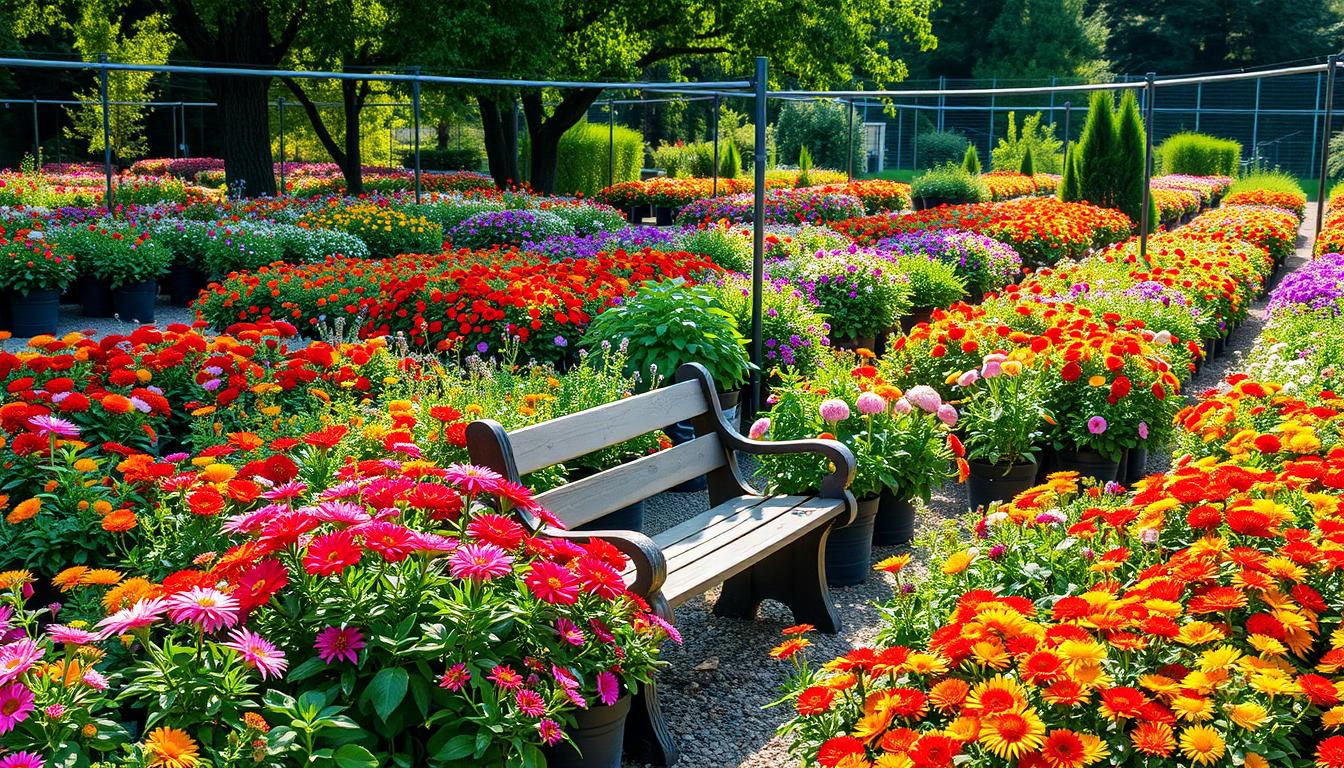
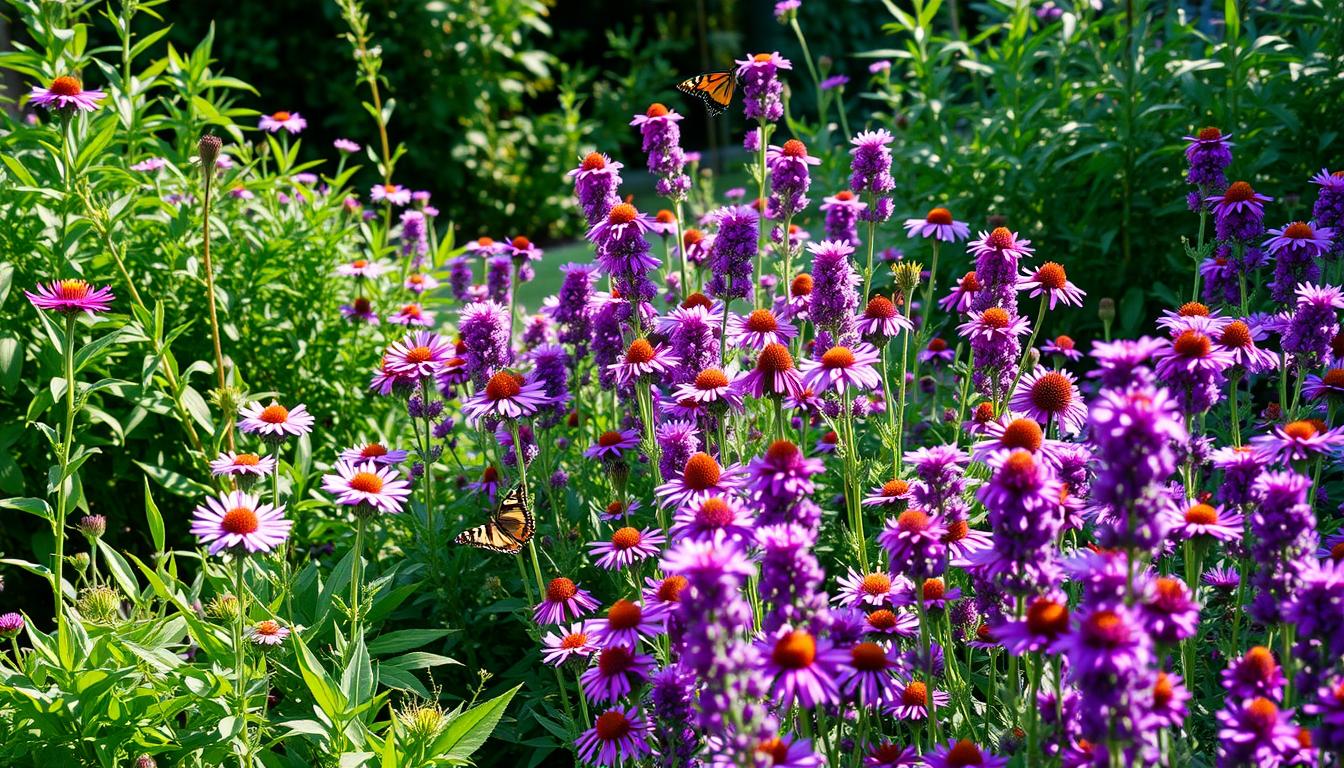
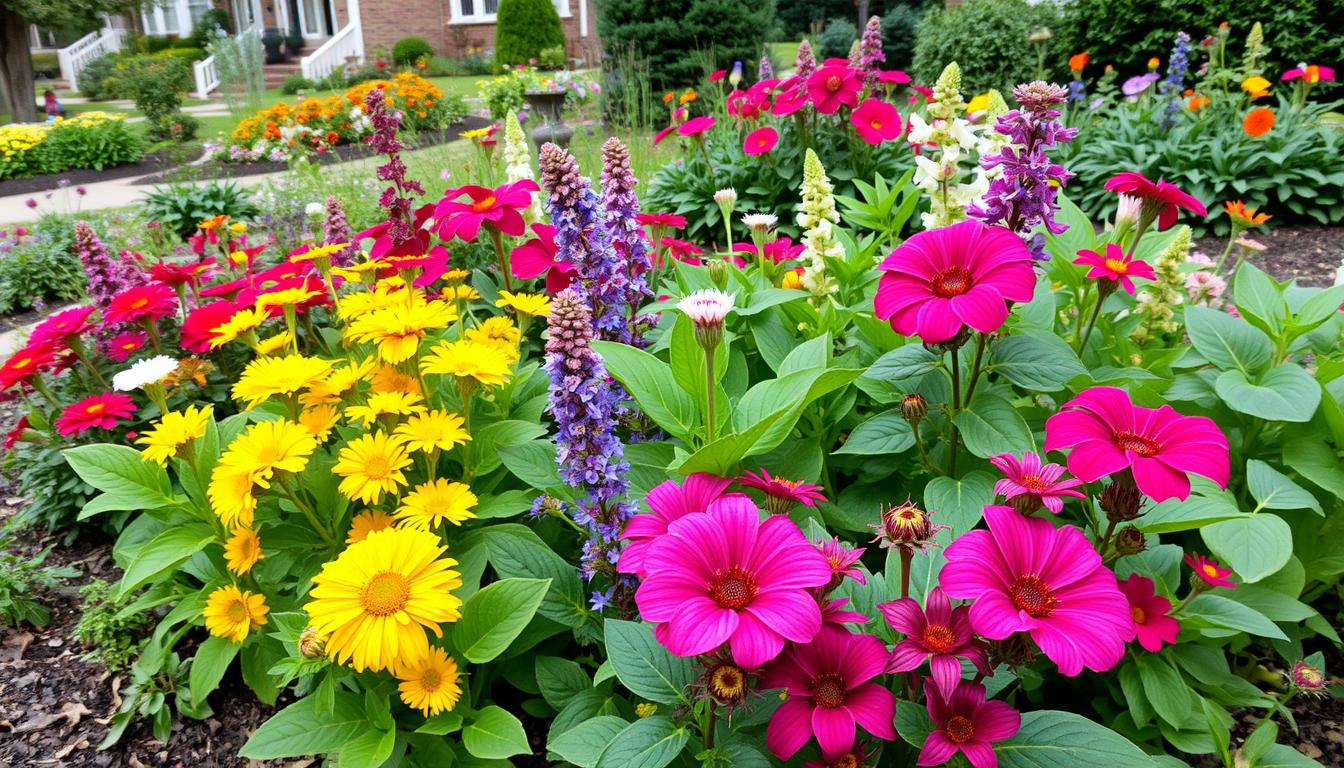
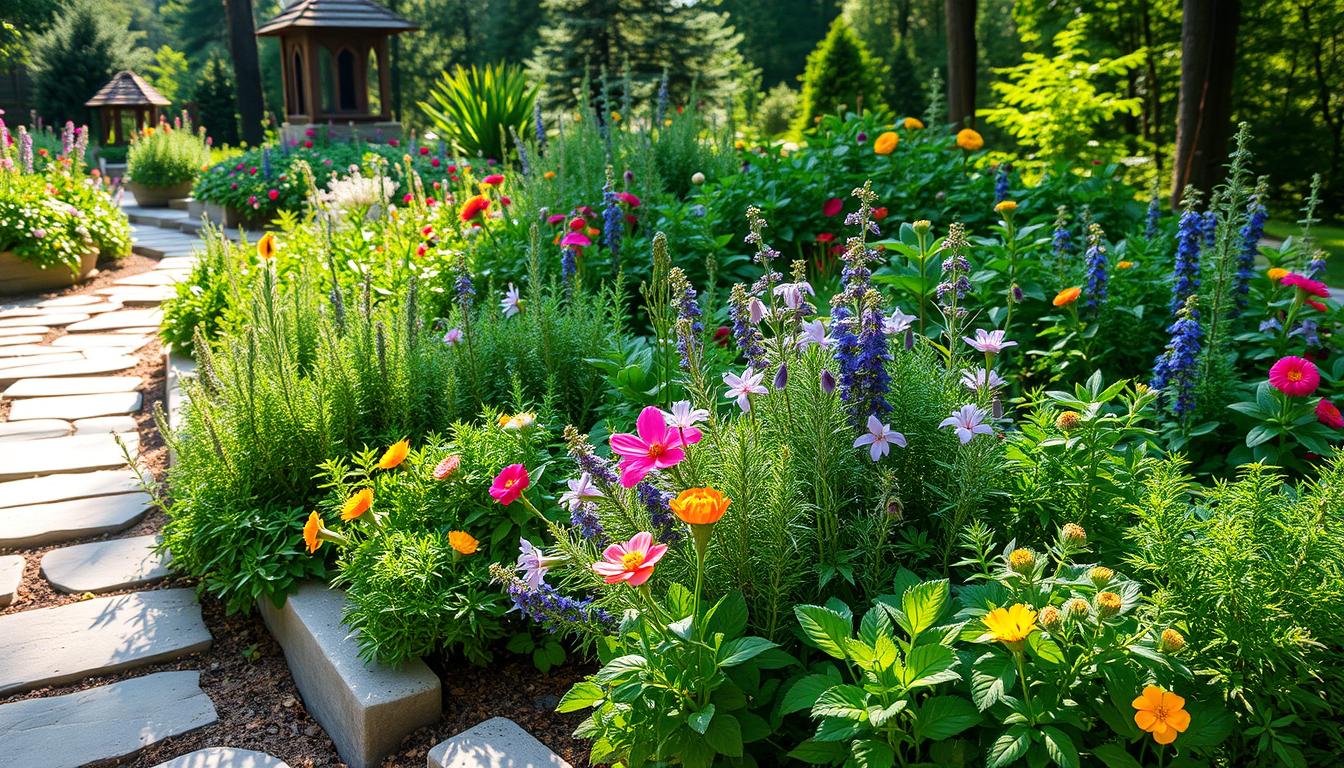
2 thoughts on “DIY Fence Planter Box for Growing Herbs”